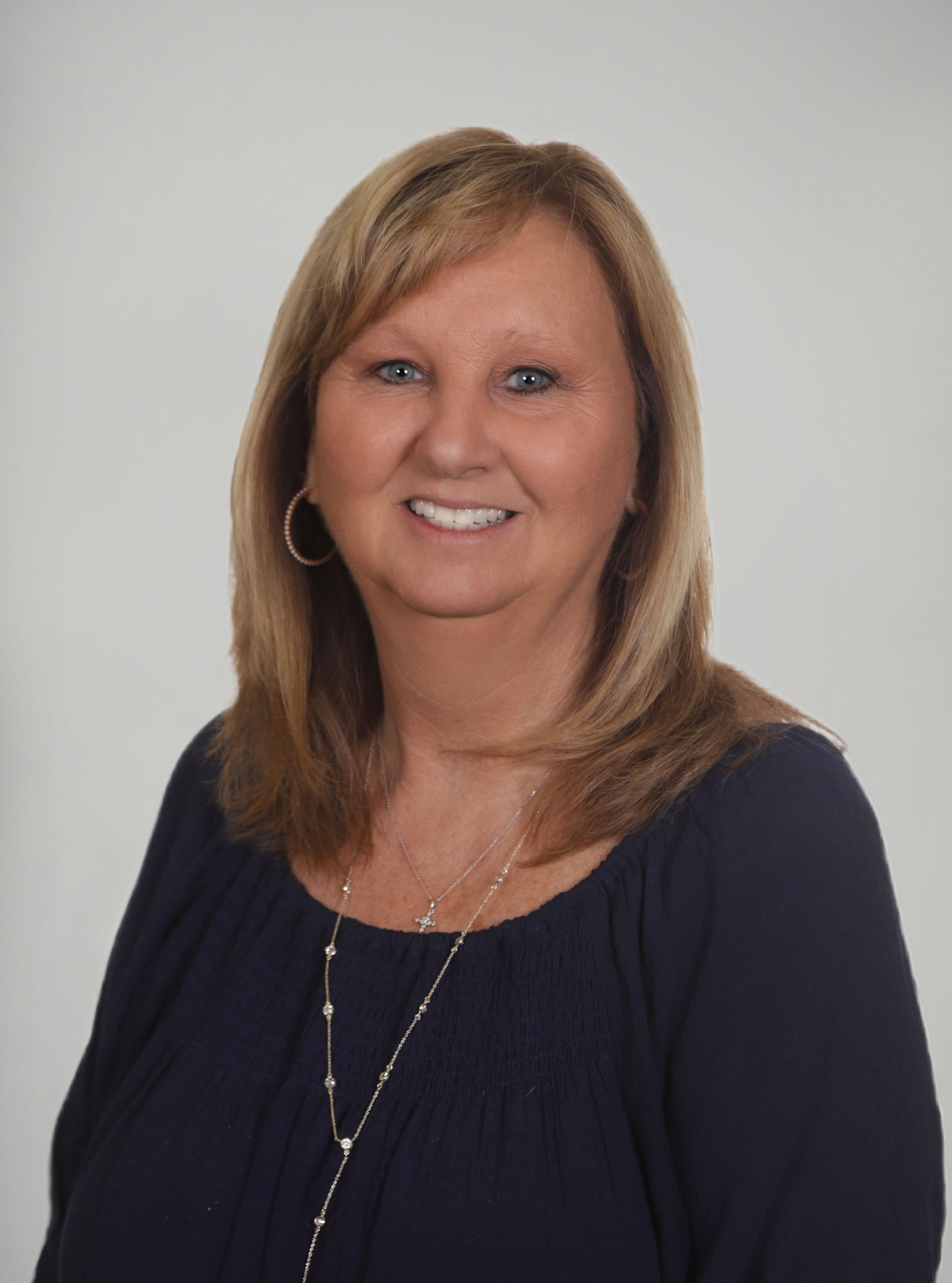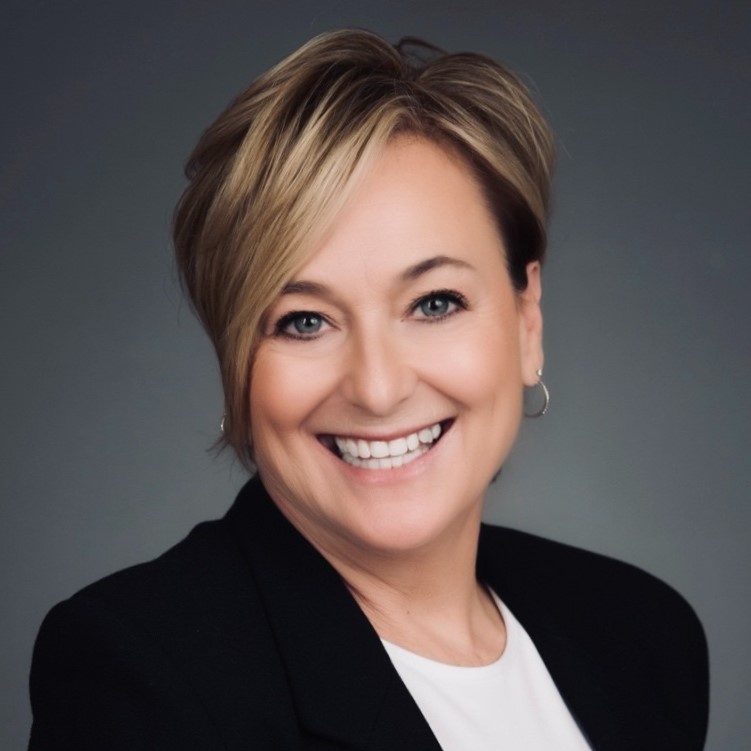Members Only | 06.17.24
Health Risk Management: An Issue for Our Time and for All Time
By Teddy Durgin
Health Risk Management Week takes place the week of June 17–21 this year, and the annual event is quite the reminder of how important risk management has become in the healthcare sector. This year’s theme is “Prioritizing Safety, Mitigating Risk,” and we spoke with a trio of professionals for their insights on this matter.

Melony Jacobs
Some risks in healthcare have been obvious for decades, even longer. You might even call them “the classics.” Melony Jacobs, risk manager at Meadows Hospital in Georgia, believes the two biggest risks in healthcare remain liability and staffing shortages. “These both have been key areas of concern no matter the decade of healthcare history,” she says. “Staffing shortages always increase liability and, with the increase in agency staffing in hospitals, this adds an increase in liability. Hospital acquired infections are also [classic] risks to hospitals as well as an added impact to hospital reimbursement.”
Janice Benggio, director of medical staff credentialing at Broward Health in Florida, says don’t discount human errors among the risks that have impacted healthcare in the past, the present, and always. She says, “We can focus on several areas where that’s an issue in healthcare, starting with manual data entry. When we enter the same data more than once, we’re open to vulnerabilities and errors. By leveraging technologies that reduce the variabilities for manual data entry, we lessen the likelihood of inconsistencies and errors. Thankfully, healthcare technology has recognized this and has made great strides in improvement. As well intentioned as these systems are, it’s not always accessible to every organization. Having established frameworks can help.”
Kate Conklin, chief compliance & privacy officer at the Texas-based GI Alliance, says there is a pervasive risk that she seen over her 25-plus years that remains a top risk today: “That is the shrinking profit margins due to rising operating costs and tighter reimbursement models in the waning fee-for-service era. Additional challenges continue related to competition and the shift to where healthcare is provided. Gone are the days when a patient would go to a hospital for imaging, lab work, and other ambulatory care services that would provide balanced revenue for the organization. Without strong financial health, an organization loses its agility to adopt new technology and innovation to also maintain high quality standards that are expected by payers, government, and patients. It is a delicate ecosystem to sustain.”

Janice Benggio
Of course, some risks are less historical and more immediate to the times we live in today. To this end, Conklin warns of the growing shortage of healthcare workers. “We are seeing physicians retiring earlier and a shortage of tenured nurses and other allied health professionals,” she says. “Staffing shortages are also arguably a top patient safety concern. It can cause a hospital and providers to work below capacity and interfere with timely access to care. With the great resignation in 2022 during the pandemic and the substantial increase in our aging population — baby boomers — we are seeing a perfect storm escalating this risk to critical levels.”
Today’s healthcare sector is also facing new risks associated with telemedicine, supply, and drug shortages. “Over the past decade, there has also been an increase in risk associated with negligent credentialing — not necessarily related to the pandemic,” Jacobs says. “In the early years, credentialing was never a liability, but it has risen to the forefront over the years. Patient safety has become a huge part of risk management.”
Regarding technology, Benggio says that a risk she sees in a practical sense “is that our technology and processes don’t always align. For example, we may know that a particular specialist has certain clinical privileges, but our software may not be set up in a way that shares the information completely and with the right groups. This creates a vulnerability to potentially allow a provider to perform privileges for which they are not credentialed. It takes time and effort to create the structure that best meets the organization's needs, but that can be an investment that is well worth the energy.”
Still, there is no denying that technology has helped our interviewees and their colleagues improve risk management. Conklin says, “The emergence of technology has had a substantial positive impact on risk management strategies. The collection of big data and the ability to drill into specific areas to identify, analyze, and mitigate risk is critical, especially in larger organizations. In healthcare, much of the information is derived from standardized coded data. With reliable and valid data sources, trends can be monitored for fluctuation and deviations then further analyzed by a drill down review to the root cause. This type of data monitoring allows more time for risk management teams to focus on improvement methodologies. Data analytics has allowed us to transition from protecting the organization by minimizing loss to proactively creating value by removing the potential for loss before it occurs.”

Kate Conklin
Jacobs is perhaps an even bigger proponent of new and emerging tech helping to better manage risk. Technology has added online risk reporting, she notes, and it has added automation to help reduce patient safety risks. She states, “Automated medication systems, bar coding, [and] medication scanning technology have helped decrease medication errors and improve patient safety process with the ordering and administration of medications. The electronic health record has added quicker access to patient data and improvement across the continuum of care for patients.”
Even with the advances in technology, though, each of our interviewees acknowledged the continued challenges in their line of work. Benggio says, “As a director, I don’t personally credential providers, but I provide oversight. This means I must be knowledgeable of applicable laws, regulations, and governing authorities to properly support the team and the healthcare system related to credentialing. It can be challenging to stay current in so many areas, but I have a fantastic network inside and outside of the organization.”
Conklin says the most challenging part of her job at a corporate level is cascading communication throughout the entire workforce. “In the compliance and risk management field, our work includes instilling the principles of a just culture,” she says. “This means everyone understands they have a responsibility to speak up if they observe concerning behavior or an unusual incident. To provide the best care to a patient, every individual in the organization, regardless of position, should feel empowered to advocate for patient safety without any fear of retaliation for reporting.”
To this end, she calls on medical services professionals, or MSPs, to seize the unique opportunity many of them have to contribute to solving some healthcare risks. “A robust credentialing and privileging process has a tremendous impact on mitigating liability for the provider and the organization,” she says. “Proper and efficient onboarding of medical professionals is also necessary in driving revenue to a hospital so MSPs do impact the bottom line. And promoting strong relationships between administrators and physician leaders has become what I believe to be one of most important roles of an MSP.”
Looking ahead, how do each of our interviewees see the field of healthcare risk management evolving in the coming years? Jacobs was quick to answer: “I feel risk management in the future will evolve into a key role as part of the administrative suite. With the many challenges facing hospitals in the future, risk management will be in the forefront. The ability and tools risk managers possess in mitigating risk and managing issues across all departments will be essential to the survival of hospitals. With issues such as insurance costs, supply shortages, staffing shortages, liability claims, patient safety issues, and regulatory demands, risk management will be essential to the financial and safety of hospitals.”
Conklin chimes in, “The risk management field will continue to evolve as health care delivery increasingly becomes a shared responsibility. The skill set of risk management and compliance professionals is transitioning to a value-based contribution to the organization and to the care teams. Risk managers and compliance officers assist with breaking down operational silos by promoting open communication and transparency.”
She adds, “One of the biggest and potentially positive disruptors is the pace at which generative AI is evolving. There likely is great benefit to gain from AI but there is also great risk when it comes to its adoption in healthcare. I am encouraged by the thoughtful discussions at a national level about slowing the pace until there is evidence that patient safety remains protected. Risk managers should stay tuned in to these developments and demand transparency and testing until AI systems can be certified as responsible and trustworthy for all stakeholders.”
Perhaps Benggio summed it up best: “The short answer is that I believe more and better usage of artificial intelligence will be an asset in healthcare risk management. It will drive proactive solutions for risky situations before they become problematic. It can also be used for real-time situations and to find better ways of providing healthcare. We will always need that human touch, though. Machine learning is a mighty tool. But a smiling face, a tender touch, and a caring attitude is, as they say, priceless.”